



















 Book a service
Book a service

23/08/2024 • by Chris Bird
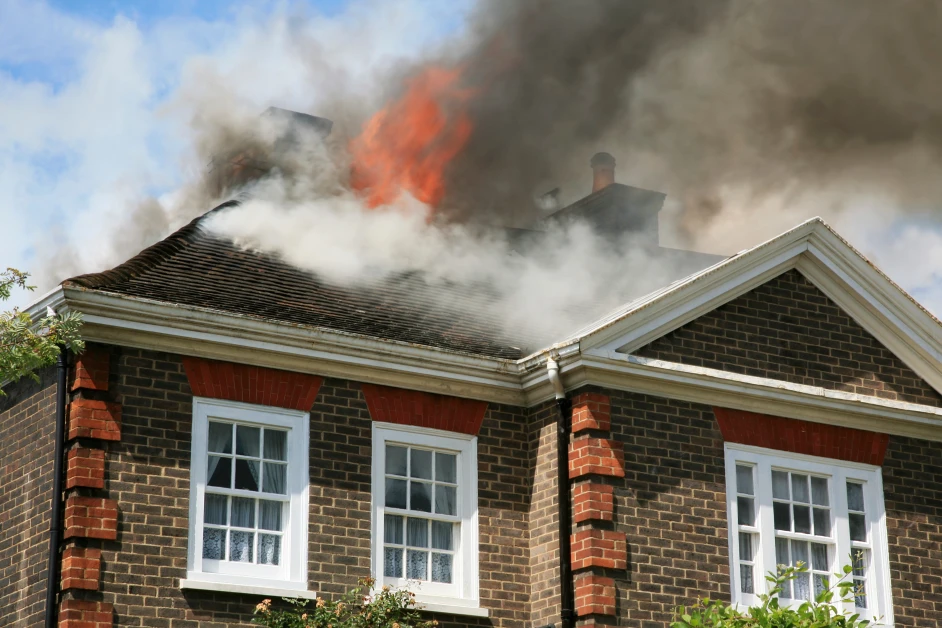
Choosing the best fire extinguisher for your home is vital for safety. Whether you're looking for affordable fire extinguishers, a 1kg powder extinguisher, or recommendations on the top-rated home fire extinguishers in the UK, this guide has you covered. We'll explore domestic fire extinguishers, their prices, and the best options for your environment. Learn how to pick the right household fire extinguisher, when to tackle a fire, and when it’s too big to handle alone.
The short answer is: absolutely, yes.
A home fire extinguisher is an essential part of any safety plan. While preventing fires is always the priority, accidents can happen. A domestic fire extinguisher lets you tackle small fires quickly before they escalate into dangerous, life-threatening situations.
Fires can start anywhere in the home, often from cooking, electrical appliances, or candles. Even with smoke detectors and an escape plan, a household fire extinguisher offers immediate control over small blazes. This could potentially save lives and reduce property damage.
Investing in the best fire extinguisher for your home is a smart, proactive safety measure.
The Zenova FX500 aerosol fire extinguisher is a small, compact solution with 500ml of contents, capable of tackling A, B, and F class fires.
Independently tested to BS6165 standards for A, B, and F fires, the extinguisher’s fluid is certified to EN1568 and EN3-7, ensuring reliable performance.
Ideal for various settings, this household fire extinguisher is perfect for use around the home, in caravans, holiday lets, motorhomes, cars, vans, and camping trips. Compact yet effective, it’s a great addition to your domestic fire safety plan.
Click here for the Zenova Extinguisher
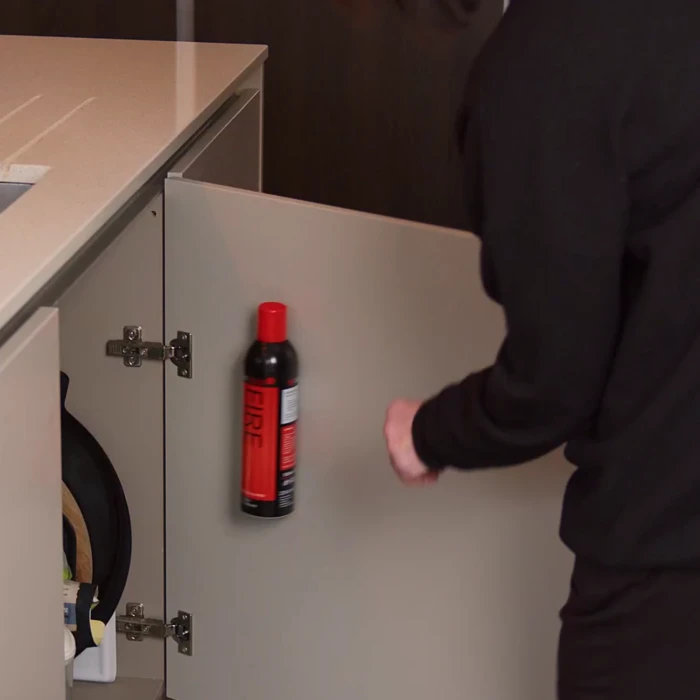
When selecting a home fire extinguisher, an aerosol fire extinguisher is recommended for home use.
The living room, with its soft furnishings, electronics, and heating appliances, is a high-risk area for fires.
This best household fire extinguisher is versatile. For those looking for a good fire extinguisher for home or considering where to purchase fire extinguishers in the UK, we offer a variety of options, including affordable fire extinguishers like the 1kg powder fire extinguisher. Investing in a domestic fire extinguisher like this ensures your living room, and home is better prepared for unexpected fires.
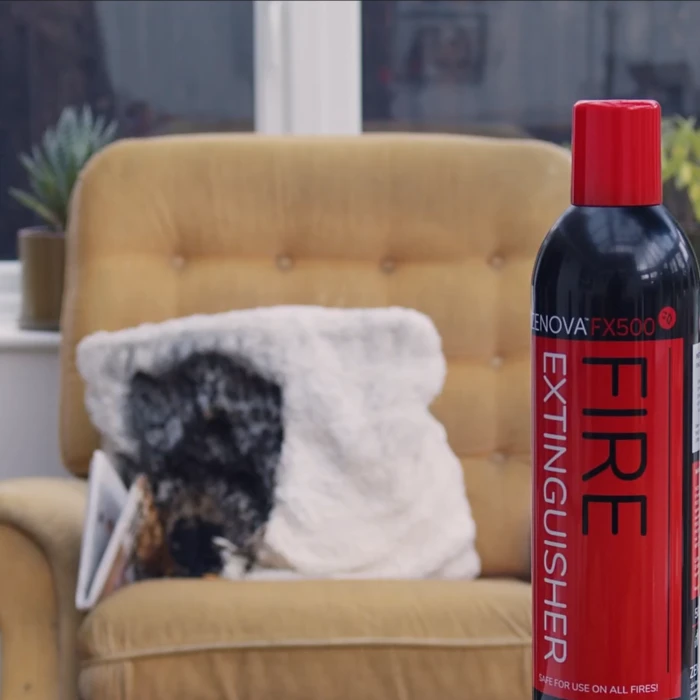

ex vat
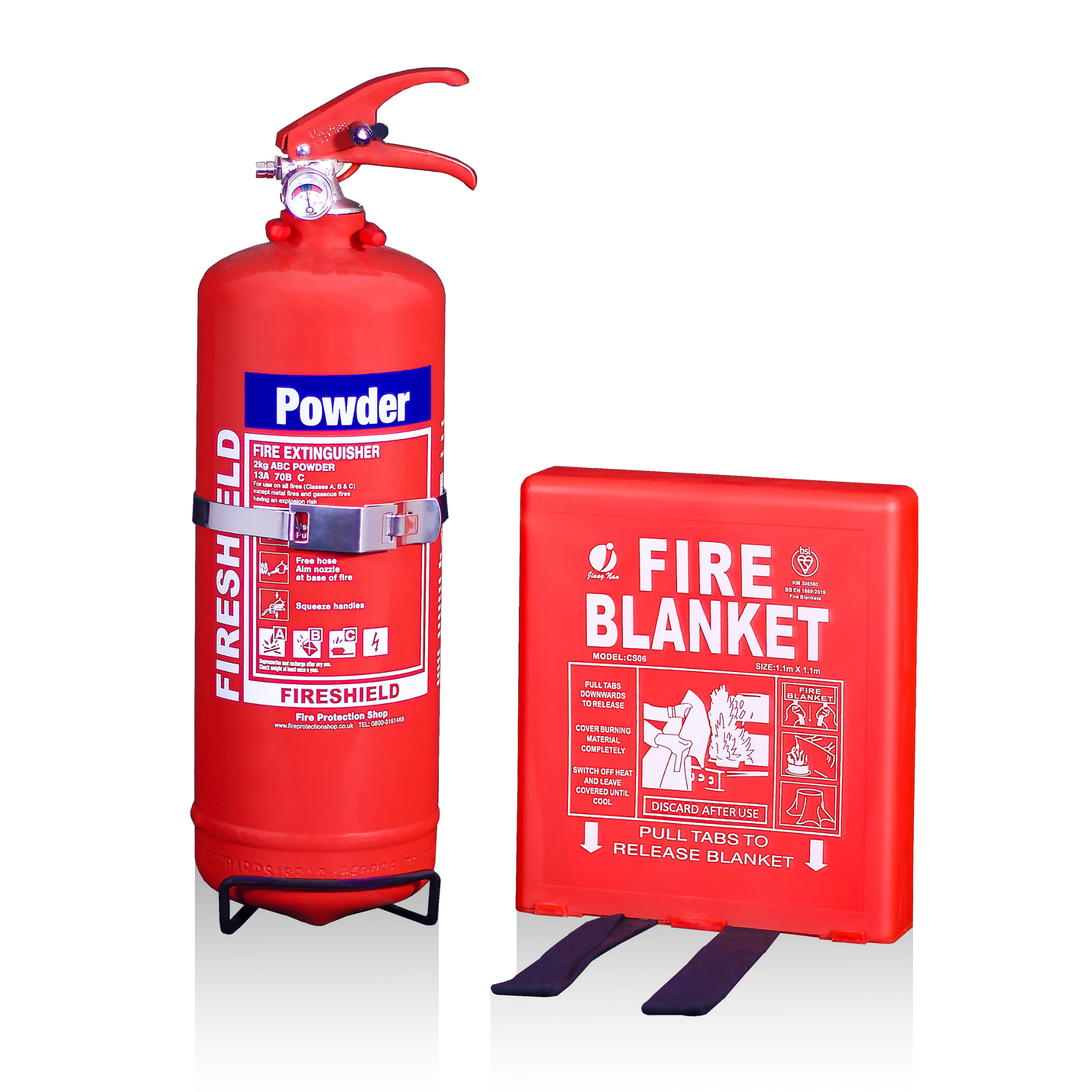
ex vat
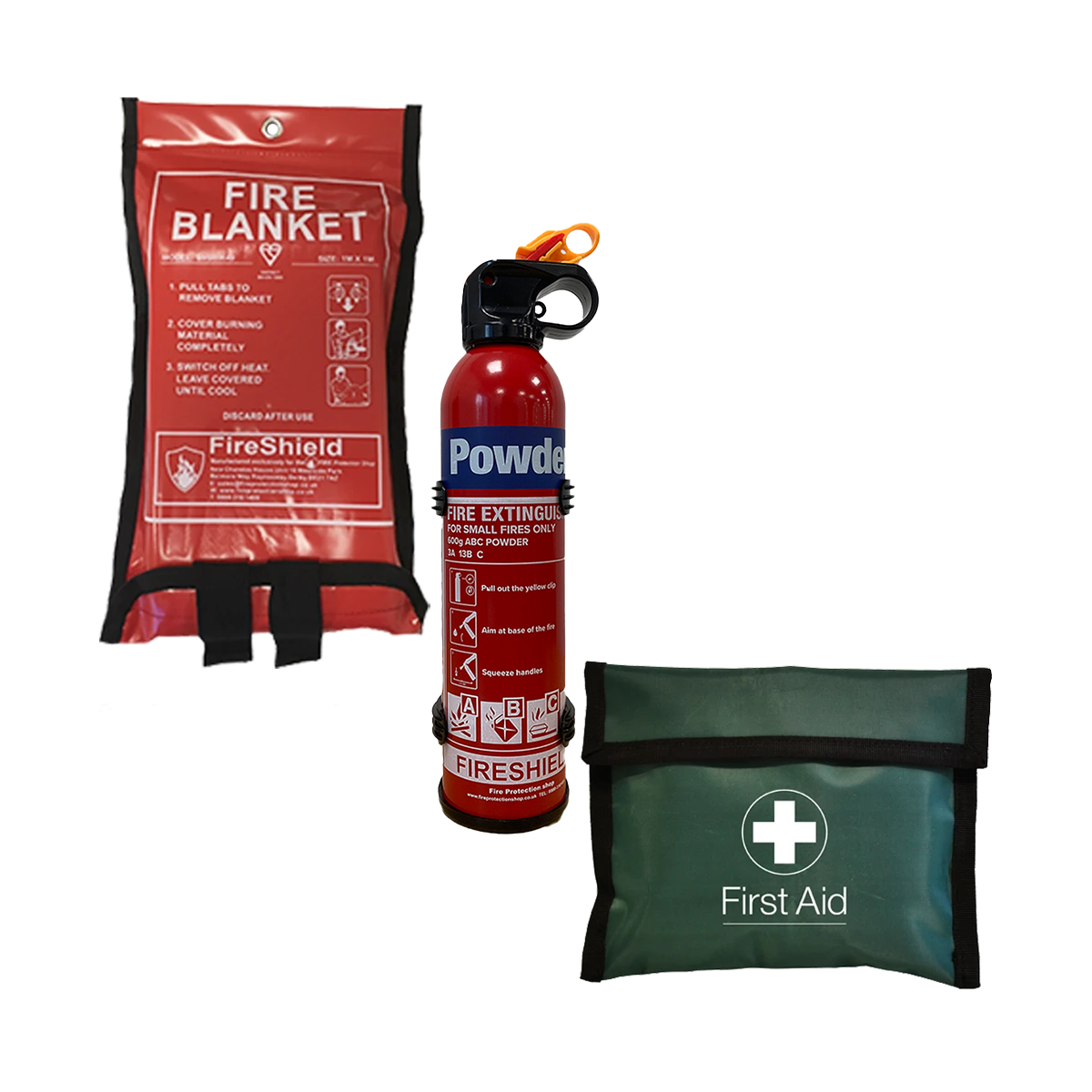
ex vat
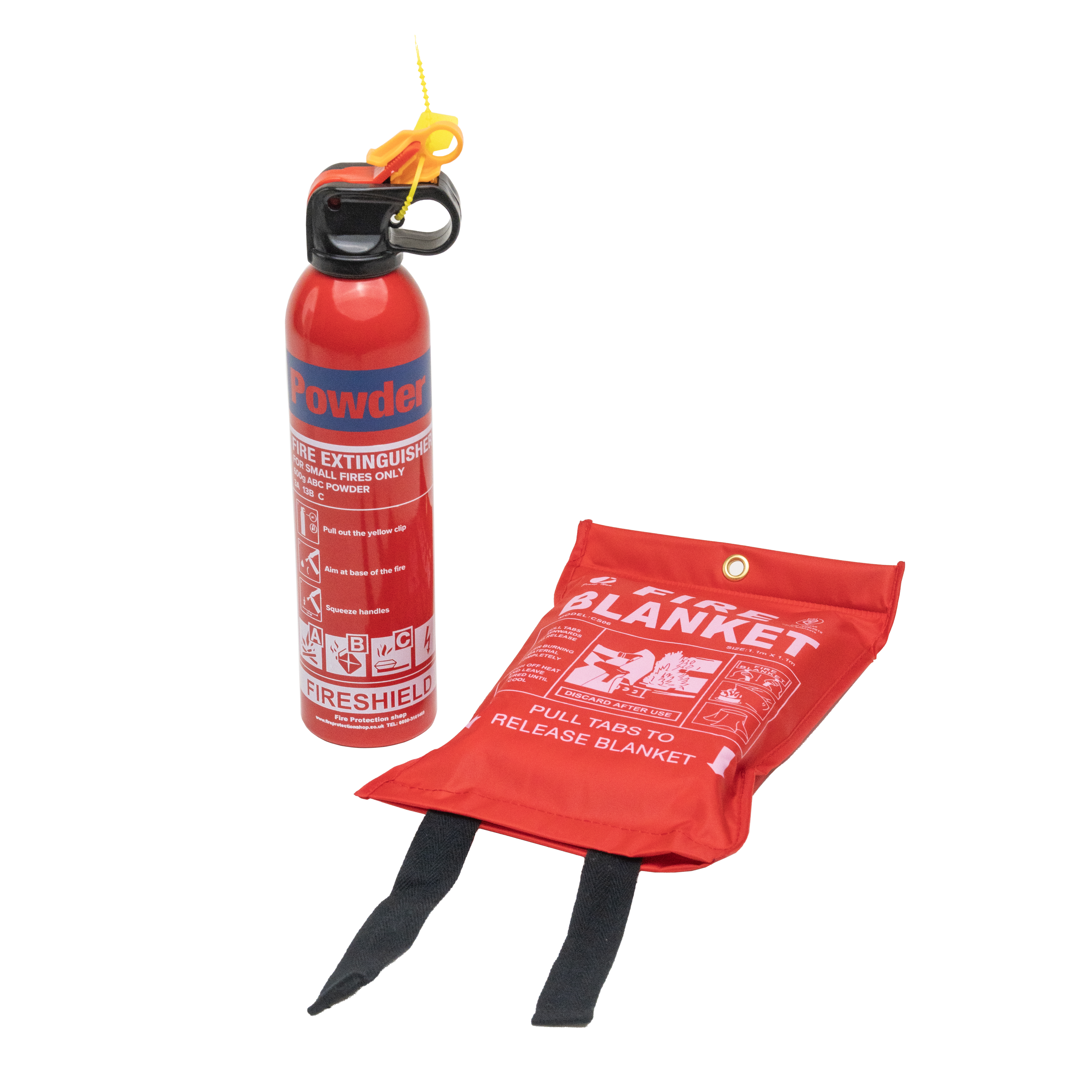
ex vat

ex vat
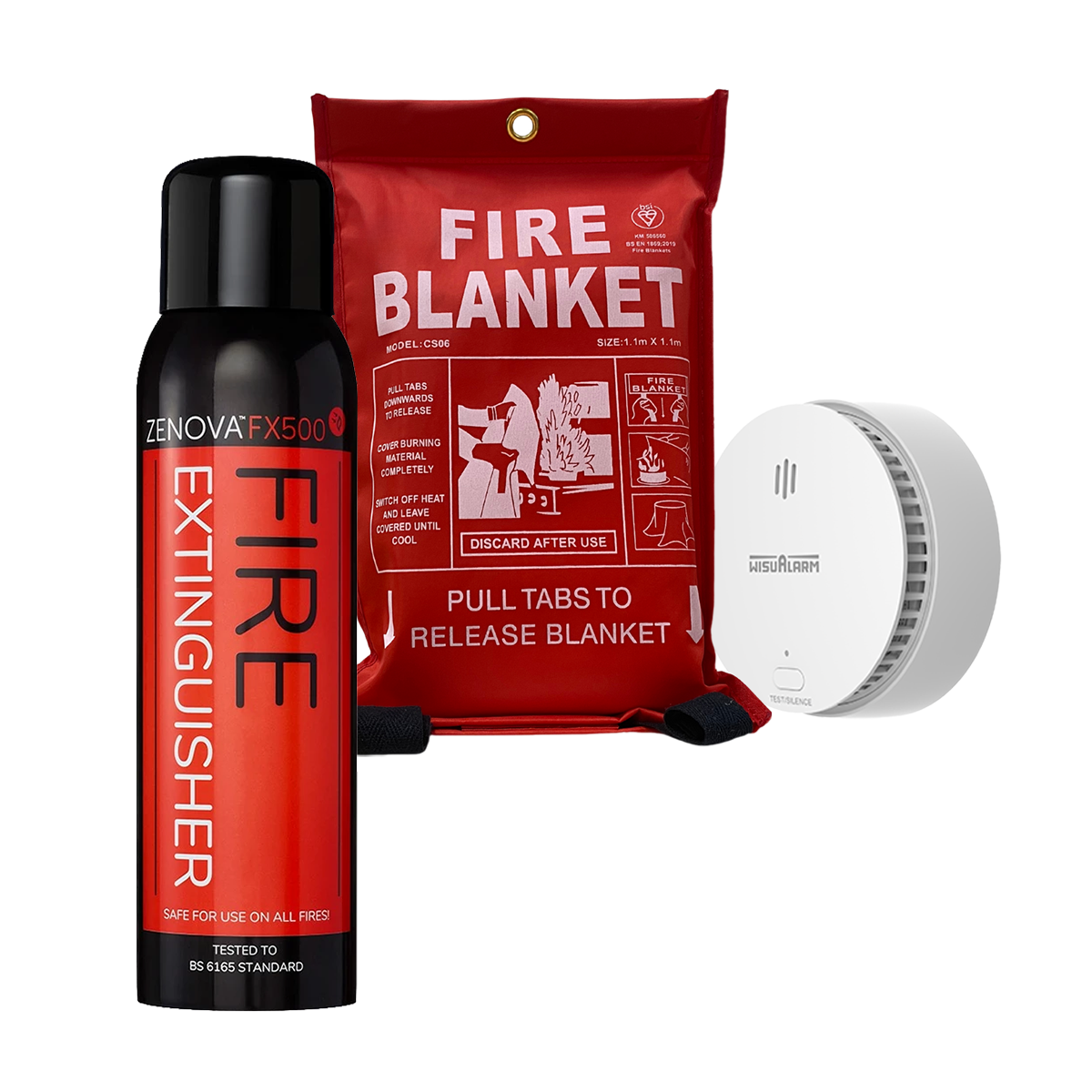
ex vat
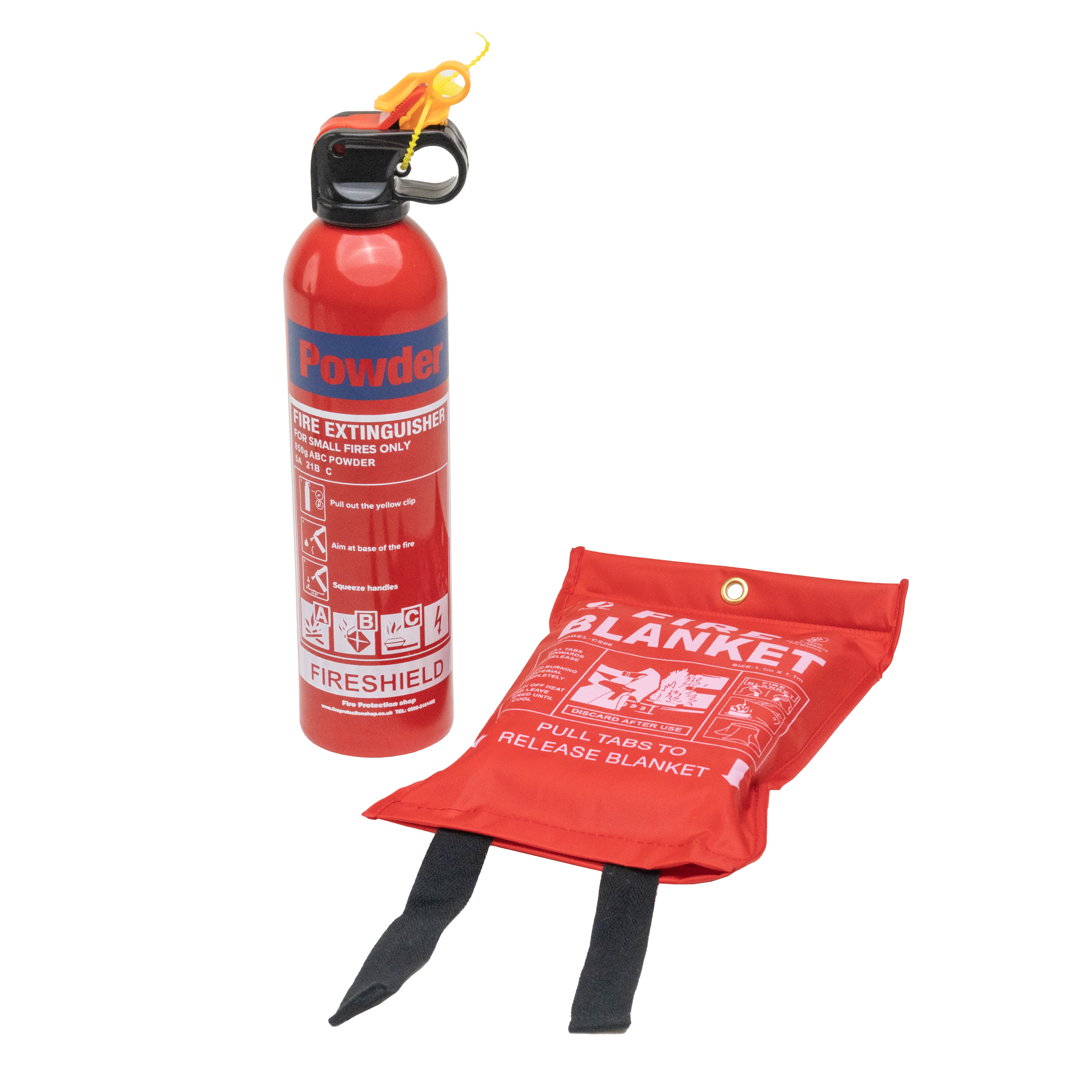
ex vat
Aside from aerosols, a water-mist fire extinguisher is one of the most recommended fire extinguishers for home use.
It’s versatile and safe for tackling fires caused by electrical appliances, textiles, and other materials commonly found around the home. This top-rated home fire extinguisher releases a fine mist of water droplets that cool and smother fires without the risk of electrocution, making it a good fire extinguisher for home safety.

For kitchens with frequent oil-based cooking, a wet chemical fire extinguisher is essential.
Designed for Class F fires caused by cooking oils and fats, this type of domestic fire extinguisher cools the fire and creates a barrier between the flames and the fat, effectively smothering it. Look for affordable fire extinguishers at Fire Protection Shop.

A fire blanket is a must-have for quickly smothering small pan fires or for wrapping around someone whose clothing has caught fire. This essential safety tool cuts off oxygen to the fire, extinguishing it effectively. Pair it with a household fire extinguisher to enhance your kitchen’s fire safety.
For those looking to purchase fire extinguishers, options like the 1kg powder fire extinguisher or other fire extinguishers for home are available. Be sure to compare fire extinguisher prices to find a solution that fits your budget and keeps your kitchen safe.

When selecting the best home fire extinguisher, size plays a crucial role. You need an extinguisher that can handle a fire effectively and is compact enough to be easy to use. Here's the right domestic fire extinguisher for your needs:
Small but mighty, these extinguishers are ideal for compact spaces.
A 1kg powder extinguisher, for instance, is a good fire extinguisher for home use in cars, small kitchens or bedrooms. Lightweight and portable, they’re easy to store in a cupboard or mount on a wall. Affordable fire extinguishers in this range can be found on our site here.
For larger homes, a recommended fire extinguisher size is between 3kg and 6kg.
These household fire extinguishers are versatile enough to tackle small to medium fires in areas like kitchens, living rooms, or garages. A 6kg water-mist fire extinguisher is a popular option for domestic fire extinguishers, offering effective fire suppression without damaging sensitive materials.
Extinguishers over 6kg are typically better suited for commercial premises or large homes with high-risk areas.
These extinguishers can handle more substantial fires but may be too heavy for some users to operate. Unless you're dealing with a large household or specific fire risks, a smaller house fire extinguisher may be a better fit for your home.
In the UK, landlords have a legal obligation to ensure the safety of their tenants, which includes fire safety measures. While the specific requirements can vary depending on the type of property and local regulations, here are some general guidelines regarding home fire extinguishers in rental properties.
Landlords are required by law to provide working smoke alarms on each floor of a rental property. Additionally, carbon monoxide detectors must be installed in rooms with solid fuel-burning appliances. While there is no strict legal requirement for landlords to provide fire extinguishers in every rental property, it is highly recommended, especially in Houses in Multiple Occupation (HMOs). In HMOs, where the risk of fire can be higher due to the number of occupants and the likelihood of communal cooking, landlords are often required to provide fire extinguishers in communal areas such as kitchens and hallways.
Even if not legally required, providing fire extinguishers for home use in rental properties is a wise precaution. A small investment in fire safety equipment can prevent significant property damage and ensure the safety of tenants. Landlords should also ensure that tenants are aware of the fire extinguishers' locations and how to use them.

Once you’ve selected the appropriate domestic fire extinguisher for each area of your home, proper storage becomes essential. The key to effective fire safety isn't just about having the right equipment; it's also about ensuring that your home fire extinguisher is accessible when you need it most. An extinguisher that’s stored out of reach or in an obscure location can render itself useless in a critical moment. Here’s how to strategically place your fire extinguishers throughout your home.
The kitchen is one of the most common places for fires to start, usually due to cooking accidents. To ensure you're prepared, mount your extinguisher on the wall in a location that's easily accessible, yet away from the most likely sources of fire.
Ideally, place the extinguisher near the kitchen exit. This allows you to grab it quickly and safely and also positions you closer to an escape route if the fire escalates. Avoid placing the extinguisher directly next to or above the stove, oven, or any other cooking appliance. In the event of a fire originating from one of these sources, the extinguisher might become too hot to handle or too dangerous to approach.
Ensure the extinguisher is mounted at a height where it can be easily reached by all adults in the household. Typically, the handle should be about 1 metre from the floor, making it easy to grab in a hurry.
The living room often contains soft furnishings, electronic devices, and heating equipment, all of which can be potential fire hazards. In this space, visibility and accessibility are crucial. Place the extinguisher in a visible and accessible location, such as near the main door or close to the fireplace. These spots are often central and can be quickly reached from different parts of the room.
While you might be tempted to hide the extinguisher behind furniture or inside a cupboard for aesthetic reasons, it’s important to prioritise safety over style. Everyone in the household should know exactly where the extinguisher is and how to use it, so consider a spot where it’s easy to grab without obstruction.
Fires can occur at any time, including during the night when everyone is asleep. Having a home fire extinguisher in the bedroom can be a lifesaver, providing an immediate response in the event of an emergency. Consider keeping a small extinguisher in each bedroom, especially if your home is large or has multiple levels. Store the extinguisher near the door, so it’s easy to grab as you’re leaving the room. Alternatively, you can place it in a bedside drawer or a cupboard that is easily accessible.
A smaller, more portable extinguisher (such as a 1kg to 2kg model) is usually sufficient for bedrooms. These extinguishers are easy to handle and can be used to quickly control small fires, allowing you and your family to evacuate safely.
Garages and workshops often contain flammable materials such as fuel, paint, and chemicals, which can create a high fire risk. It’s important to have a larger, more powerful domestic fire extinguisher in this area.
Store the extinguisher near the entrance of the garage or workshop. This ensures that it’s easily accessible as you enter or exit the space. If a fire breaks out while you’re inside, you can quickly grab the extinguisher and attempt to control the fire or use it to clear a path to the exit.
If your garage or workshop is particularly large, you might want to consider having multiple extinguishers placed at different points. This way, no matter where a fire starts, an extinguisher is always within reach.
If you have a multi-storey home, consider placing a home fire extinguisher in the hallway or landing of each floor. These areas serve as common thoroughfares and can be strategic locations for extinguishers, ensuring that there’s always one nearby, no matter where you are in the house.
Hallways and landings are ideal for mounting an extinguisher at a convenient height. Placing an extinguisher here can also provide a central location, especially in larger homes, where the extinguisher can be accessed from multiple rooms.
For those who work from home, the home office can also be a critical area to consider. With computers, printers, and other electronic devices often in use, the risk of an electrical fire exists. Store a small extinguisher in a visible spot, such as near the door or under the desk, where it can be quickly grabbed if an electrical fire starts. A water-mist extinguisher, which is safe for electrical fires, would be an ideal choice for this area.
If you have outdoor cooking areas, such as a barbecue or fire pit, consider storing an extinguisher nearby. Fires can quickly get out of control in these spaces, especially in dry conditions. Keep an extinguisher close to the outdoor cooking area but protected from the elements. A storage box or a sheltered spot nearby can keep the extinguisher in good condition while ensuring it’s accessible when needed.
Wherever you choose to store your home fire extinguisher, regular checks and maintenance are important to ensure it is in working order. Make it a habit to:
Check the pressure gauge monthly to ensure it is within the operational range.
Inspect for any signs of damage, such as corrosion, leaks, or a broken seal.
Ensure the extinguisher is not obstructed and is easily accessible at all times.
Service your extinguisher annually, or as recommended by the manufacturer, to ensure it is ready for use in an emergency.
We use cookies to enhance your site experience. Choose your preferences below.

